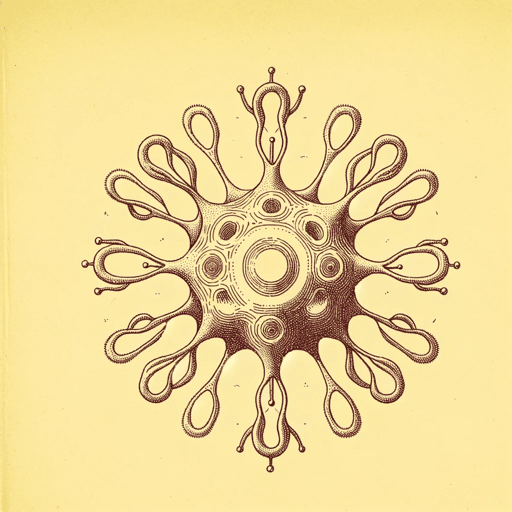51 pages • 1 hour read
Laurie GarrettThe Coming Plague: Newly Emerging Diseases in a World Out of Balance
Nonfiction | Book | Adult | Published in 1994A modern alternative to SparkNotes and CliffsNotes, SuperSummary offers high-quality Study Guides with detailed chapter summaries and analysis of major themes, characters, and more.
Chapters 13-17Chapter Summaries & Analyses
Chapter 13 Summary: “The Revenge of the Germs, or Just Keep Inventing New Drugs”
Staphylococcus bacteria weren’t just an issue for toxic shock syndrome, as described in Chapter 12; they were also factoring into a dangerous emerging situation across the world’s hospitals. Some staph strains had developed methicillin resistance, and these new MRSA strains, extremely difficult or impossible to treat, were becoming common in medical contexts. Unfortunately, this was not just the case with staphylococcus but with many bacterial strains: “By 1993 nearly every common pathogenic bacterial species had developed some degree of clinically significant drug resistance” (414). The microbes responsible for pneumonia and rheumatic fever experienced similar mutations, and both had resurgent breakouts in the 1980s. The underlying causes of these developments in drug resistance were human changes to the bacteria’s ecological context. As antibiotics were used more frequently, they permitted the tiny minority of bacteria with resistant qualities to prosper, pass on their traits, and become the dominant strains. This pattern was amplified in developed nations, where antibiotics were often employed too frequently or for nonessential uses (as with livestock), and in developing nations, where poor public knowledge and insufficient supplies often meant that antibiotics were used only partially or improperly.
Scientists gradually began to understand the defenses microbes could employ against drugs, including sporulation (which allowed them to create an impermeable cell wall in hostile environments) or using genetic options available to them on their plasmids, which could even be transferred between microbes.

